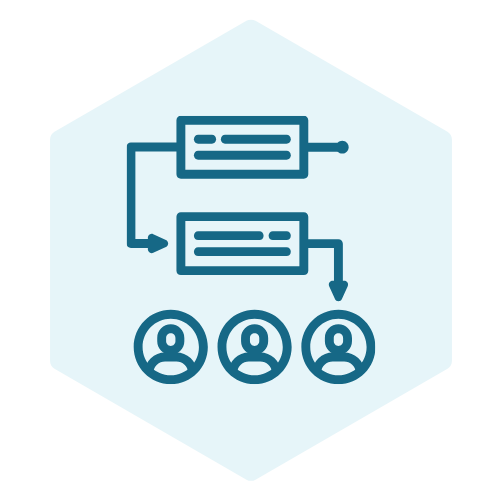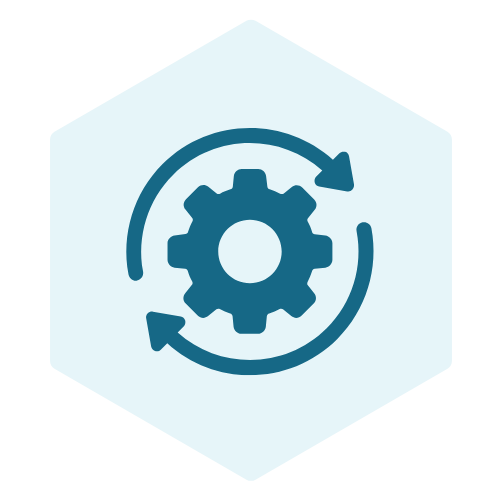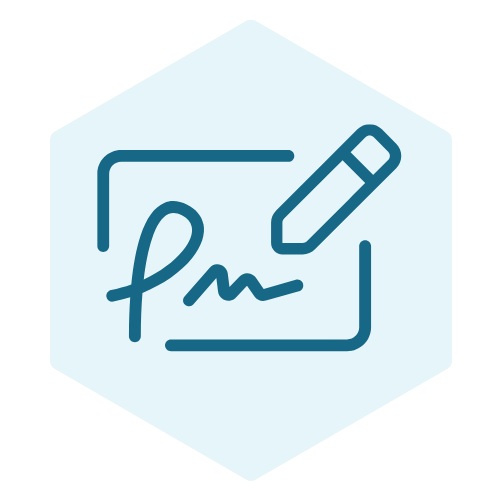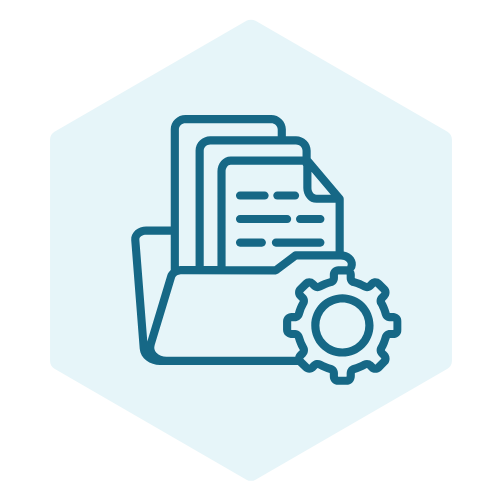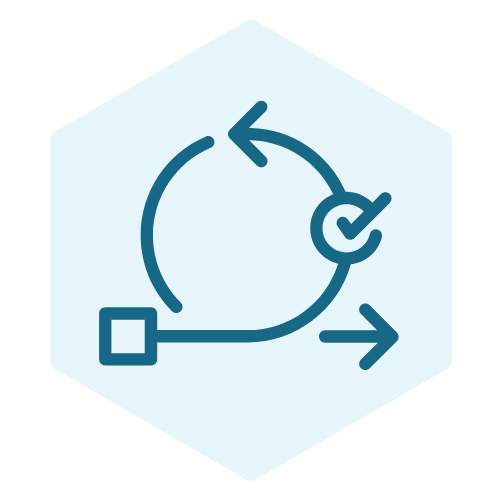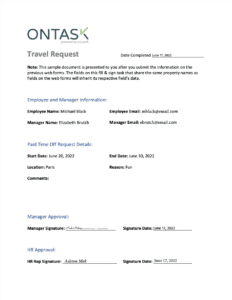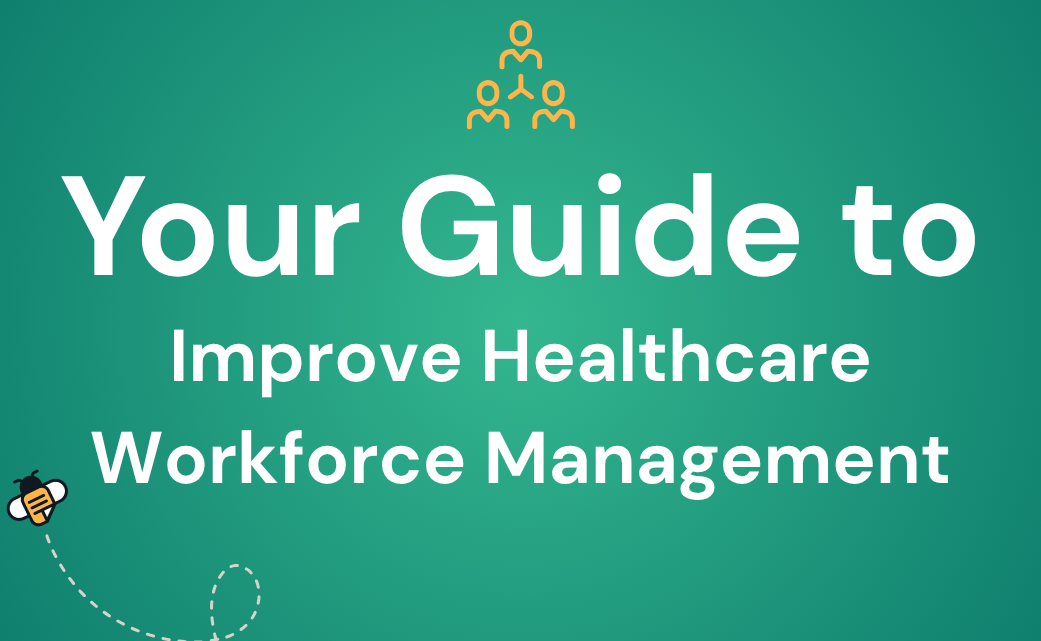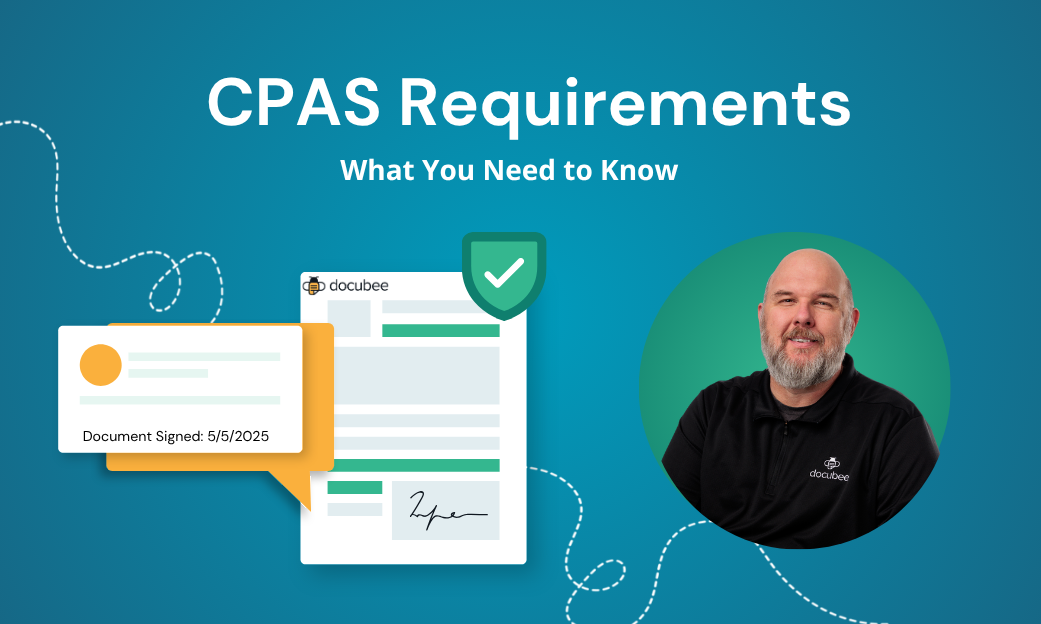Contract management can suffer from inefficiency at multiple points, but this means it also boasts plenty of potential to be optimized. Many teams suffer from inefficient communication, poor document organization, and an over-reliance on manual processes.
Luckily, these common issues also have game-changing solutions that can revolutionize a team’s effectiveness. A more complete picture of industry best practices in contract management can help teams identify the processes they most need to improve.
In this article, we’ll explore nine best practices for improving the speed of your firm’s contract processes.
1. Identify Bottlenecks
Rather than casting a wide, imprecise net, identify your problem areas first. As law firm Sterlington points out, bottlenecks can happen at any stage of a contract process. Cited issues include decentralized documents, inefficient manual processes, unreliable communication, and cumbersome negotiation cycles.
In order to tighten your processes, map them first and interview those involved to uncover pain points and areas that cause delays most frequently. From here, identify the most to least problematic areas – if possible, using validated, quantifiable metrics. These might include average time spent on a given process or the percentage of projects delayed by certain problems. Once you’ve identified core problem areas, you can improve your contract management process in a targeted manner.
2. Assign Clear Roles and Responsibilities
Scope creep is the bane of efficient contract management. It results in wasted time, money, and personnel resources, and could also cause legal trouble and disputes. To manage this risk, ensure your contract is unambiguous.
Prevent these risks with sound planning that clearly assigns and validates the scope of roles, processes, and tasks. This can help manage the risks associated with an unclear contract.
Each team’s contract management strategies and roles need to be tailored to its use cases. However, you cannot tailor your roles effectively if they are not based on a solid foundation. To that end, the National Contract Management Association’s (NCMA) 2023 standards outline validated best practices, including:
- Clearly basing the whole process on foundational guiding principles – covering everything from roles and their needed skills through compliance best practices, standards of conduct, and documentation. This includes delineating buyer and seller contract management roles.
- Separating the process into pre-award, award, and post-award phases. Pre-award covers offer solicitation on the buyer’s part, while the award phase covers contract development and negotiation between buying and selling parties. Finally, the post-award phase covers contract completion.
The guide is an excellent place to start in determining best practices, from drafting, negotiation, and compliance to completion. It covers detailed processes, roles, and responsibilities for each contract stage and is worth perusing in detail.
3. Standardize Contracts Using Templates
Time can be wasted manually drafting and redrafting contracts for every new deal. Instead, follow contract management best practices: standardize your most common contracts using templates. This saves time and promotes consistency across every contract.
A solid end-to-end contract management solution should provide a robust library of common templates you can further tweak to suit your needs. It should also allow you to save your tailored contracts as new templates, meaning even less work every time you generate a new contract.
And the most advanced solutions will allow you to draft nonstandard contracts with the help of generative AI.
4. Embrace Contract Automation
Repetitive administrative tasks are another big time drain, but they’re necessary. Since you can’t eliminate them, automate them instead. These days, automation technologies can use workflow process automation, conditional logic, and even AI to slash hours off your daily workflow while reducing human error.
Using a robust contract tool, you can seamlessly add triggers to automate your contract workflows at the right time, including:
- Discovery for legal teams
- Document generation
- Routing to stakeholders for revision, negotiation, and eSignatures
- Reminding parties that are holding up contract progress
- Centrally and securely storing all documents and communications related to the contract
Find out more about how to do this in our guide, Contract Automation 101.
5. Optimize for Industry-Specific Requirements
Once you’ve established a solid, validated best-practices foundation for contract management, tailor it to your industry’s specific needs. Ideally, start with industry standard guides and then further tailor based on a comprehensive assessment of your team’s specific needs.
For example, the Construction Specifications Institute (CSI) regularly updates its Construction Contract Administration Practice Guide. Firms that want to tailor their construction contract management best practices can consult the latest version for detailed advice, including:
- Detailed explorations of standard roles and their responsibilities
- Important documents and procedures in the pre-construction phase
- Submittal documents and best practices
- Requirements, roles, and responsibilities for site visits
- Quality assurance, execution, disputes, and closeout practices
Similarly, healthcare organizations must incorporate industry-standard contract management practices such as HIPAA compliance and secure document storage and retrieval.
6. Integrate Contract Management Software into Existing Tools
Contract management tools are most useful if they can integrate into your existing tools – especially customer relationship management (CRM) and finance platforms.
The benefits are many. For example, your CRM likely already collects important client and project data. Instead of manually transferring that information to your contract management software, choose a tool that seamlessly integrates with your CRM, pulling over important data and documents as part of your automated document process. The platform should also seamlessly integrate with popular financial platforms like Quickbooks. That way, you can sync your contract documents with up-to-date financial data automatically – no copying over by hand!
This not only saves time, it reduces errors, ensuring all your contract information is up-to-date every step of the way.
7. Use Electronic Signatures to Speed Up Contract Signing
Let’s face it: manual signature procurement is passé. Where traditional signatures are cumbersome, slow, and can compromise security, eSignatures are quick, convenient, and with the right protocols, don’t even require you to relinquish custody of the document. In a word, secure.
Choose a CRM with integrated and secure eSignatures. This eliminates the need to send individual contract copies to signing parties, wait for them to return the file, and manually update the document to the latest signed version. While some third-party eSignature platforms provide these benefits, their usefulness is limited if they’re separate from your CRM.
When your eSignatures are part of the CRM, all your contract documents and processes stay in one place. It means everything – document routing, signatures, version updates, and stakeholder reminders – can be automated in one centralized workflow.
8. Leverage AI for Contract Insights
AI takes contract management software to the next level. We’ve mentioned how next-generation contract tools incorporate artificial intelligence for document generation based on natural language prompts.
AI’s potential doesn’t stop there. It can also analyze contract language to provide useful document summaries and assist in the research and discovery of hard-to-find information. This can save hours of drafting and search time, drastically improving team efficiency. This natural language processing (NLP) can also be used to automatically integrate relevant documents into the right parts of your workflow automation, saving even more time.
Look for a tool that leverages AI’s latest capabilities to maximize your team’s efficiency.
9. Lean on Repositories to Stay Organized
Contract management automation isn’t complete without an advanced document repository. Centralized document management allows contract managers to:
- Track contract statuses
- Seamlessly access documents
- Maintain clear audit trails
- Receive alerts for important dates
- Follow a standardized metadata and tagging system
- Streamline search and retrieval
Look for software that integrates native and externally created documents in one secure, centralized system.
Master Contract Workflows with Docubee
Effective contract management workflows are core to how well your firm functions. Optimizing them with the right operating procedures and tools can help businesses run smoothly, avoiding disputes, compliance issues, wasted resources, and budget overruns.
Comprehensive contract management platforms like Docubee can standardize best practices, automate repetitive work, and transform your workflows into an efficient powerhouse. Our clients enjoy the benefits of AI document generation, finance and CRM integrations, and a centralized document repository – all in one easy-to-use tool.
Teams are abuzz with Docubee’s contract management efficiency! Schedule a demo today to see the difference.


